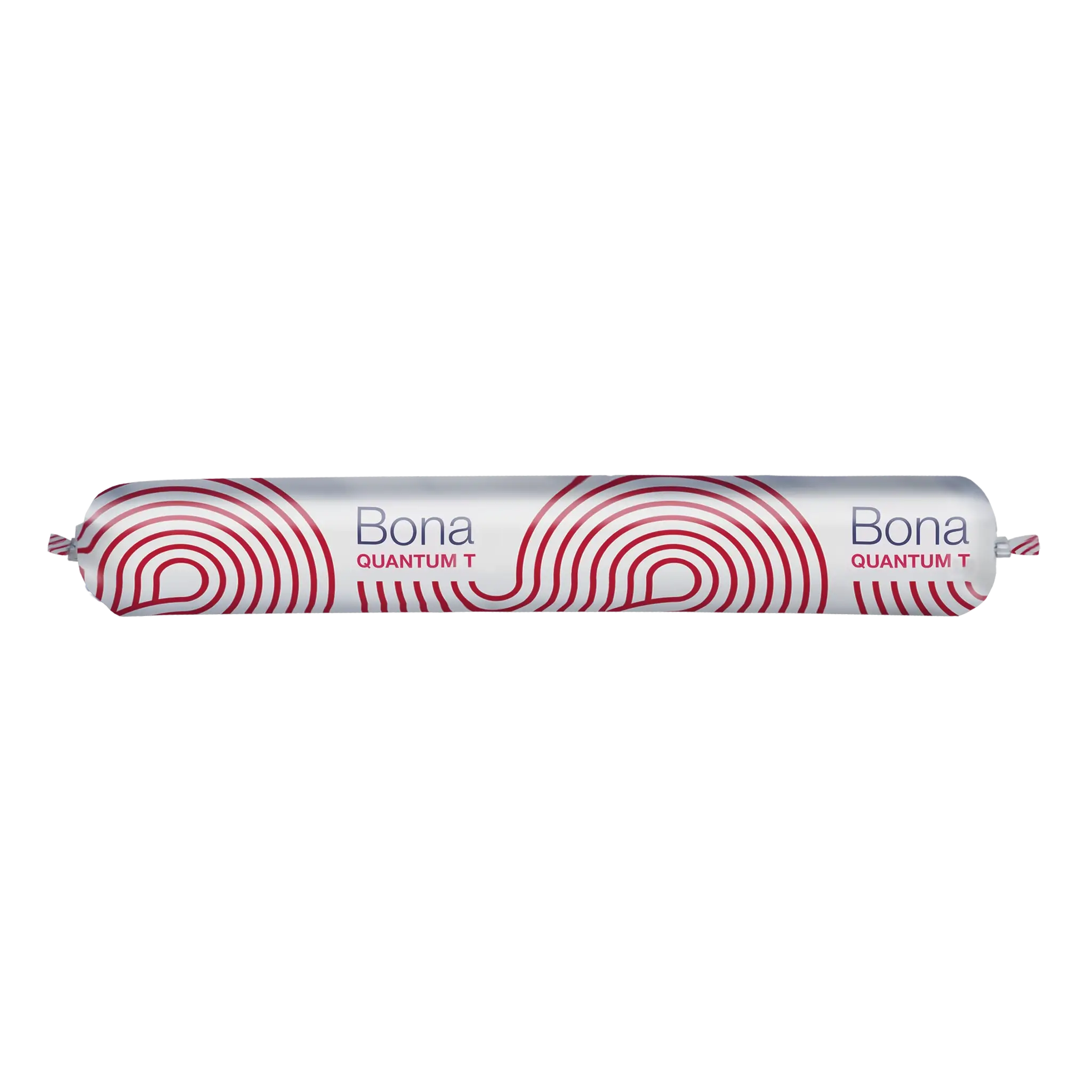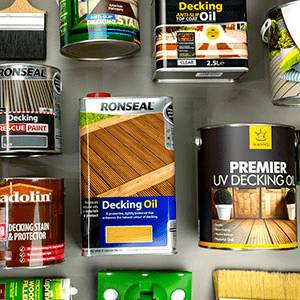

Bona Quantum T Floor Adhesive
|
|
Order by 5pm for next day option*
Features
- An all-round adhesive that replaces the older Bona R850-T floor adhesives
- Ideal for installing most types of wood flooring
- Higher viscosity for improved green grab
- Outstanding strength that increases over time
- 25% greater sheer strength than R850
- Floor sanding possible after 12hrs
- Integrated moisture barrier
- Can be used on metal surfaces
| Brand | Bona |
|---|---|
| No. of coats | 1 |
| Drying time | 24 hrs |
| Size | 1kg |
| MPN | BRQUAT5601M1BO |
| GTIN | 4005095660012 |
Customers Also Bought
Overview
Bona Quantum T is a crosslinking, silane-based flooring adhesive that can be used for the installation of most hardwood and engineered wood flooring. It provides better performance and is more economical than the older Bona R850T flooring adhesive. 75% of this product is manufactured from recycled materials.
Bona Quantum T is suitable for use with under floor heating systems.
- For a less viscose formula in a larger 15KG container, consider Bona Quantum
Please note: Bona Quantum T will not prevent moisture-related damages to wood flooring originating from the top, sides or ends of flooring (water leaks, puddles, hydrostatic head, etc.) nor does it eliminate other moisture or installation related issues such as improper acclimation of flooring or the effects of job site temperature and humidity.
See product technical data sheet for full specification and application.
Preparation
Before using Bona Quantum T, the substrate must in general be even, totally dry, clean, free from cracks and physically sound. The surface should also be slightly textured. If applicable, it must meet the requirements of local standards or codes of practice. If necessary, it should be professionally prepared for laying. A primer is typically not needed.
If the sub floor is problematic, the use of a suitable primer or floor leveller may be required. For more information on this, refer to the Bona Quantum T technical data sheet or with Bona. When being applied in association with under floor heating, floors need to pass the heating up protocol to drying up the screed! During installation and three days after, the screed temperature must not pass 25°.
Application
Always do a test area to assess product suitability and performance before starting any project.
Before using Bona Quantum T floor adhesive, the following climatic conditions must be met (values for Central Europe): Air temperature: min. 18°C Floor temperature: min. 15°C (with underfloor heating max. 20°C); relative humidity: max. 70%. The adhesive itself must, if necessary, be brought to the right temperature.
- Open the bucket and remove the protective foil and any hardened adhesive
- apply the adhesive evenly using a notched trowel appropriate to the flooring being laid (See product technical data sheet)
- Parquet should be laid in the adhesive and pressed down firmly during the open time of approx 40 minutes
- Apply only as much as you can cover within the open time
22 mm solid planks Usage: approximately 1500 g/m², Bona Trowel 1500 F or Bona 1500 G Bona Trowel Plus
Consumption when used as moisture barrier 2.0 to 2.2 kg/m², depending on the surface conditions. (F = fine, G = coarse)
Use a fine trowel for small pieces of wood and/or smooth substrates, and a coarse trowel for large pieces of wood and/or less smooth and rough surfaces. The adhesive consumption during the application with the Bona OptiSpread system depends mainly on the walking speed as well as the adjusted air pressure (OptiSpread 100, OptiSpread 2.0). Please refer to respective machine manual.
If the adhesive has already formed a skin, you must not install the wooden floor! Remove the adhesive and apply fresh material. If some adhesive is pressed up in joints (so that it might come into direct contact with the finish) it must be carefully removed. Wood moisture content must be in accordance with local conditions and standards. Please refer also to the instruction manual provided by the parquet manufacturer.
When Bona Quantum or Quantum T are used as a moisture barrier, it is important to apply a steady amount of it by using the Bona Trowel Plus. The consumption must be calculated as an average with ca. 2.0 - 2.2 kg/m². Please note that surface conditions may influence the consumption! Only suitable in conjunction with the installation of wooden floors equipped with groove and tongue - preferably in plank format such like 3-layer engineered or solid hardwood planks. When smaller elements - such as 2-layer engineered floors - must be installed please test if the adhesive amount is suitable for the elements. Make sure that the subfloor is fully covered with the adhesive and that a united film of adhesive is present.
Finishing
Sanding of the surface can be carried out after 12 hours. Light foot walk is possible after 4-6 hrs. After 24 hours it is possible to apply full load or stress to the floor or to apply the surface treatment. The curing time depends on the type of parquet, the absorbency of the substrate and the climate conditions.






